Nvidia GeForce RTX 5090 Founders Edition Review
Every couple of years, Nvidia unveils a powerhouse graphics card, pushing PC gaming into a new era. The Nvidia GeForce RTX 5090 is precisely that, though its approach to next-gen performance is unique. In many games, the performance boost over the RTX 4090 isn't as dramatic as expected—at least without DLSS Frame Generation. However, the next generation of Nvidia's DLSS, for both upscaling and frame generation, delivers significant leaps in image quality and performance, surpassing typical generational improvements.
The RTX 5090's upgrade value depends on your games, resolution, and tolerance for AI-generated frames. For those with monitors below 4K and 240Hz, this upgrade might not be worthwhile. But with a high-end display, the AI-generated frames offer a glimpse into the future of gaming.
Nvidia GeForce RTX 5090 – Photos

 5 Images
5 Images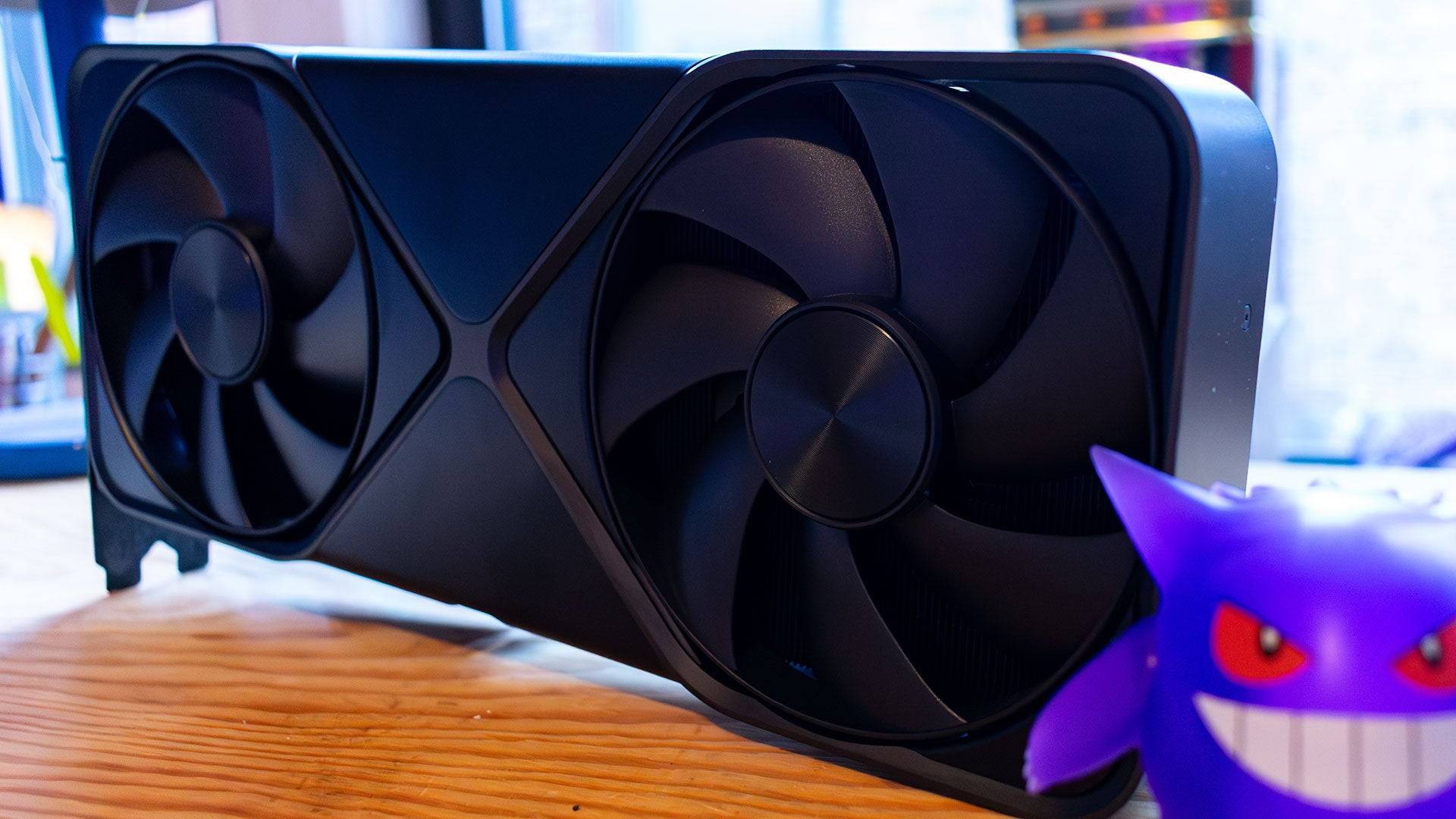


RTX 5090 – Specs and Features
The Nvidia GeForce RTX 5090 utilizes Blackwell, Nvidia's high-end architecture powering data centers and supercomputers behind popular AI models. This highlights the RTX 5090's AI strengths, but Nvidia didn't neglect non-AI aspects.
The 5090 packs more Streaming Multiprocessors (SMs) into the same GPCs (Graphics Processing Clusters), resulting in 21,760 CUDA cores—a 32% increase over the RTX 4090's 16,384. This significantly boosts raw gaming performance.
Each SM boasts four Tensor Cores and one RT Core, like its predecessor. This translates to 680 Tensor Cores and 170 RT cores, compared to the RTX 4090's 512 and 128, respectively. The 5th-generation Tensor Cores are optimized for AI performance, adding FP4 operation support, reducing VRAM dependency for AI workloads.

This silicon powerhouse is paired with 32GB of GDDR7 VRAM, a generational leap from the RTX 4090's GDDR6X, offering speed and power efficiency improvements. However, the RTX 5090's 575W power requirement (a significant increase over the 4090) makes power efficiency secondary.
The enhanced Tensor Cores enabled a shift in the DLSS algorithm to a Transformer Neural Network (TNN) from a Convolutional Neural Network (CNN). While not necessarily boosting frame rates with DLSS enabled, Nvidia claims improved image quality and reduced artifacts like ghosting.
Beyond internal DLSS improvements, Nvidia introduces Multi-Frame Generation. This enhanced Frame Gen technology (from the RTX 4090) is more efficient and smoother, generating multiple frames from each rendered image. This drastically improves frame rates but should be used only with already decent frame rates, similar to its predecessor.
Purchasing Guide
The Nvidia GeForce RTX 5090 launched January 30th, starting at $1,999 (Founders Edition). Third-party cards are likely to be significantly more expensive.
The Founders Edition
The RTX 5090's 575W power requirement (much higher than the RTX 4090's 450W) necessitates robust cooling. Unlike expectations of an even larger card, Nvidia managed a smaller, dual-slot design with dual fans.

During testing (including standard benchmarks and DLSS 4 with multi-frame generation), temperatures peaked around 86°C at 578W power consumption. While high (higher than the RTX 4090's 80°C), it remained below throttling levels.
Nvidia achieved this by centrally placing a compact PCB within the card, with fans on either side and a heatsink spanning the card's width. Air is drawn from the bottom and expelled through the top, eliminating rear exhaust vents unlike previous generations.
The design maintains a similar aesthetic to previous generations, featuring a silver 'X' design and a 'GeForce RTX' logo with white LEDs.

The power connector, while resembling the 12VHPWR connector, is a new 12V-2x6 connector, supposedly more efficient. An included adapter uses four 8-pin PCIe power connectors to supply the required 575W. The angled connector placement at the rear improves cable connection.
This design allows compatibility with smaller PC cases, unlike previous generations. However, third-party versions are expected to be larger.
DLSS 4: Fake Frames?
Nvidia claimed up to 8x performance boosts for the RTX 5090. While not reaching that level, the RTX 5090 achieves extremely high frame rates in demanding games, primarily through frame generation. While the RTX 5090 offers a decent increase in raw rasterization performance, the real next-generation advantage lies in its frame generation capabilities.
DLSS 4 introduces 'Multi-Frame Generation,' an improved Frame Generation (from DLSS 3 and the RTX 4090). A new AI Management Processor (AMP) core in the RTX 5090 (and other RTX 5000 cards) efficiently manages GPU workload distribution, traditionally handled by the CPU.

According to Nvidia, the AMP and 5th-gen Tensor Cores enable a 40% faster frame generation model using 30% less memory, generating 3 AI frames per rendered frame. A Flip Metering algorithm minimizes input lag. Nvidia states this is why multi-frame generation doesn't work on RTX 4000 cards due to CPU-based frame pacing introducing more latency.
This isn't a magic bullet; it's best used with already acceptable frame rates (around 60fps without Frame Gen). Enabling it with low frame rates causes significant latency. Pairing it with DLSS upscaling maximizes performance.
At launch, DLSS 4 supported many games with DLSS 3 Frame Generation. Testing with beta builds of Cyberpunk 2077 and Star Wars Outlaws showed impressive results.

In Cyberpunk 2077 at 4K with Ray Tracing Overdrive and DLSS Performance mode, the RTX 5090 achieved 94fps. DLSS 2x frame generation increased this to 162fps, and 4x frame generation reached 286fps (exceeding the display's capabilities). Star Wars Outlaws yielded similar results, reaching around 300fps with DLSS 4.
Multi-Frame Generation proved effective, with minimal artifacts observed. It's beneficial for high-refresh, high-resolution displays. Further testing across a wider range of games is needed. Nvidia claims 75 games will support DLSS 4 at launch.
RTX 5090 – Performance
The RTX 5090 is powerful, but testing proved challenging. 3DMark showed a generational improvement over the RTX 4090. However, in most games, the RTX 5090 was CPU-bottlenecked at 4K, even with the Ryzen 7 9800X3D. For those with high-end graphics cards, the upgrade might not justify the cost. This card is more of an investment in future-proof gaming. Note that DLSS 4 was disabled for comparative benchmarks, using public drivers (Nvidia 566.36, AMD Adrenalin 24.12.1) and latest game builds.
Test System: CPU: AMD Ryzen 7 9800X3D; Motherboard: Asus ROG Crosshair X870E Hero; RAM: 32GB G.Skill Trident Z5 Neo @ 6,000MHz; SSD: 4TB Samsung 990 Pro; CPU Cooler: Asus ROG Ryujin III 360.
In 3DMark, the RTX 5090 was up to 42% faster than the RTX 4090 (Speed Way: 14,399 vs 10,130; Port Royal: 36,946 vs 25,997). Compared to the RTX 3090, the performance increase was 2.5x.
Call of Duty Black Ops 6 showed a CPU bottleneck at 4K Extreme settings (161fps RTX 5090 vs 146fps RTX 4090, a 10% difference). Cyberpunk 2077 showed similar results (125fps vs 112fps, 10% difference). Lower resolutions worsened scaling.
Metro Exodus: Enhanced Edition (DLSS disabled) at 4K Extreme showed a 25% improvement over the RTX 4090 (95fps vs 76fps).
Red Dead Redemption 2 at 4K max settings and DLSS Performance mode showed a small 6% improvement (167fps vs 151fps).
Total War: Warhammer 3 (no ray tracing or upscaling) showed a 35% improvement (147fps vs 107fps).
Assassin's Creed Mirage showed lower performance than the RTX 4090, likely due to a driver issue.
Nvidia GeForce RTX 5090 – Benchmarks
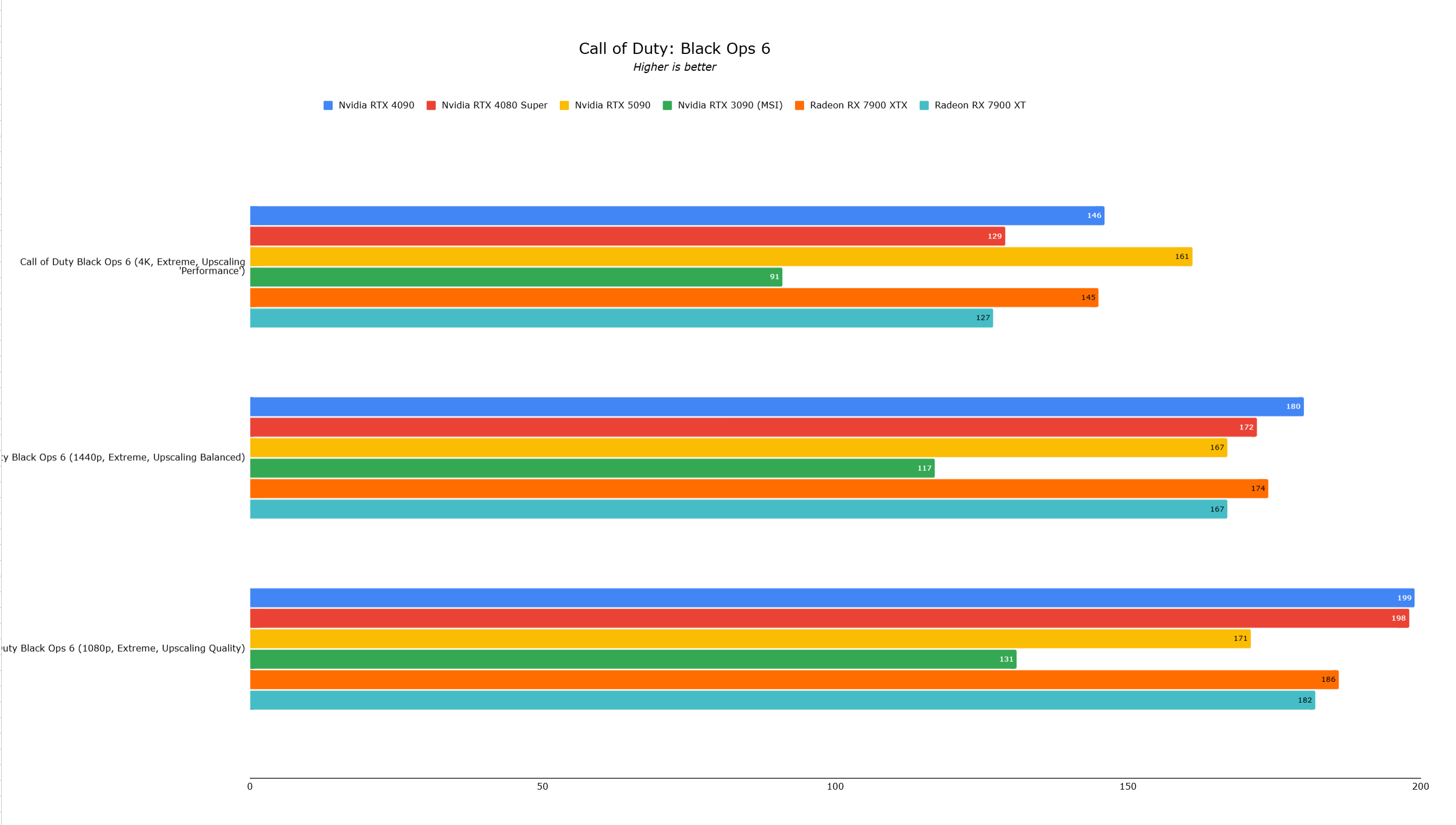
 14 Images
14 Images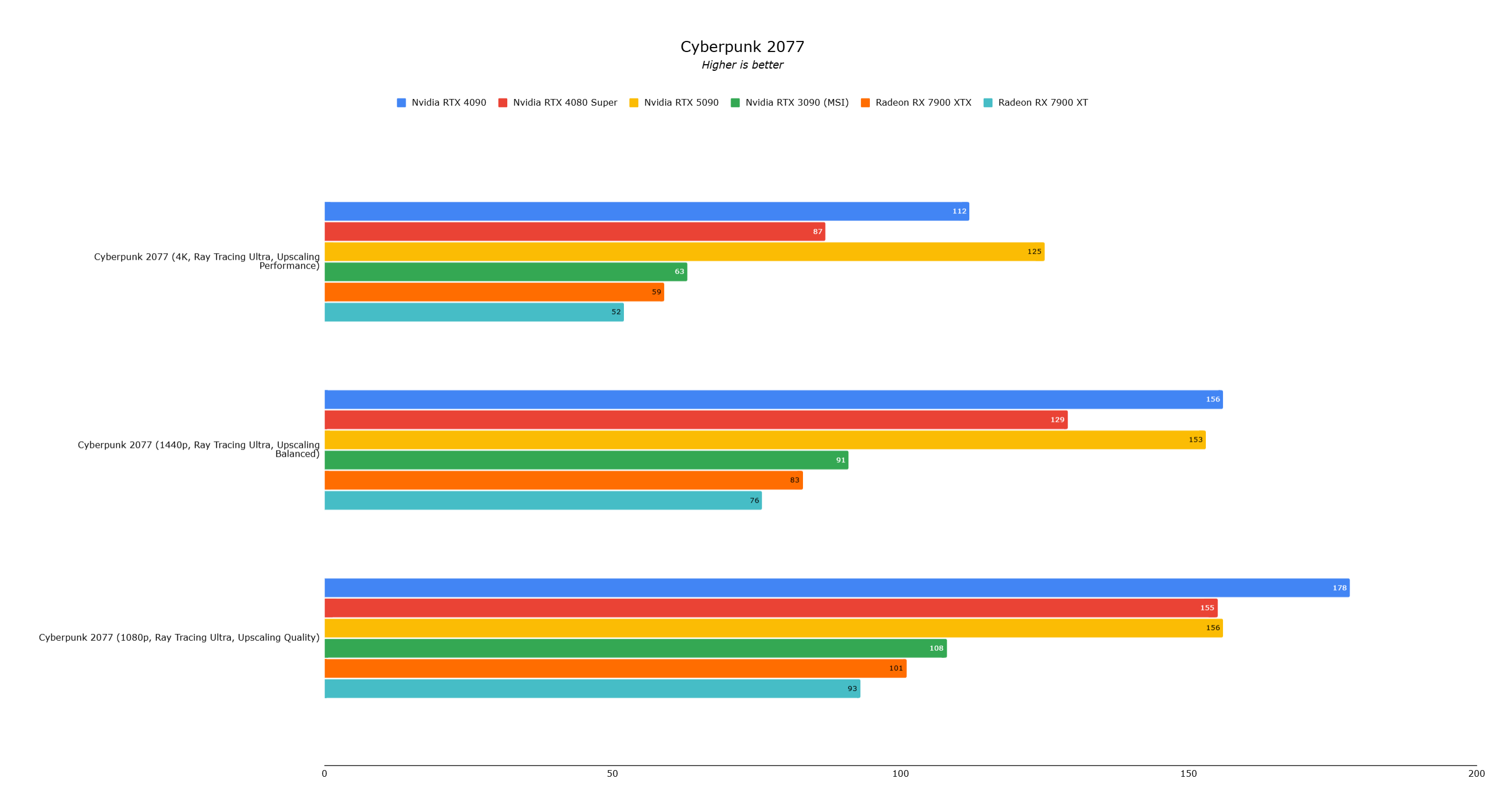
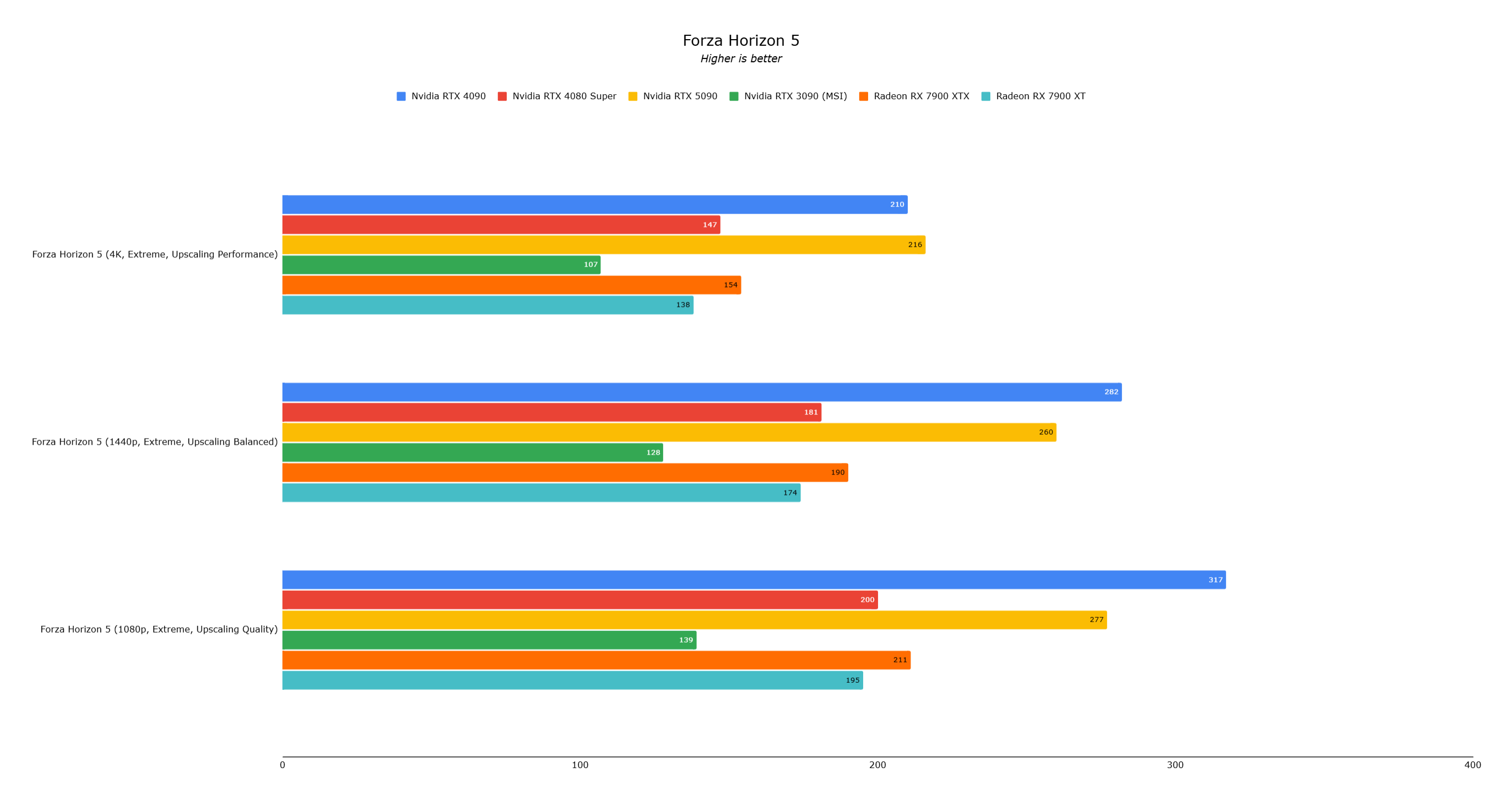
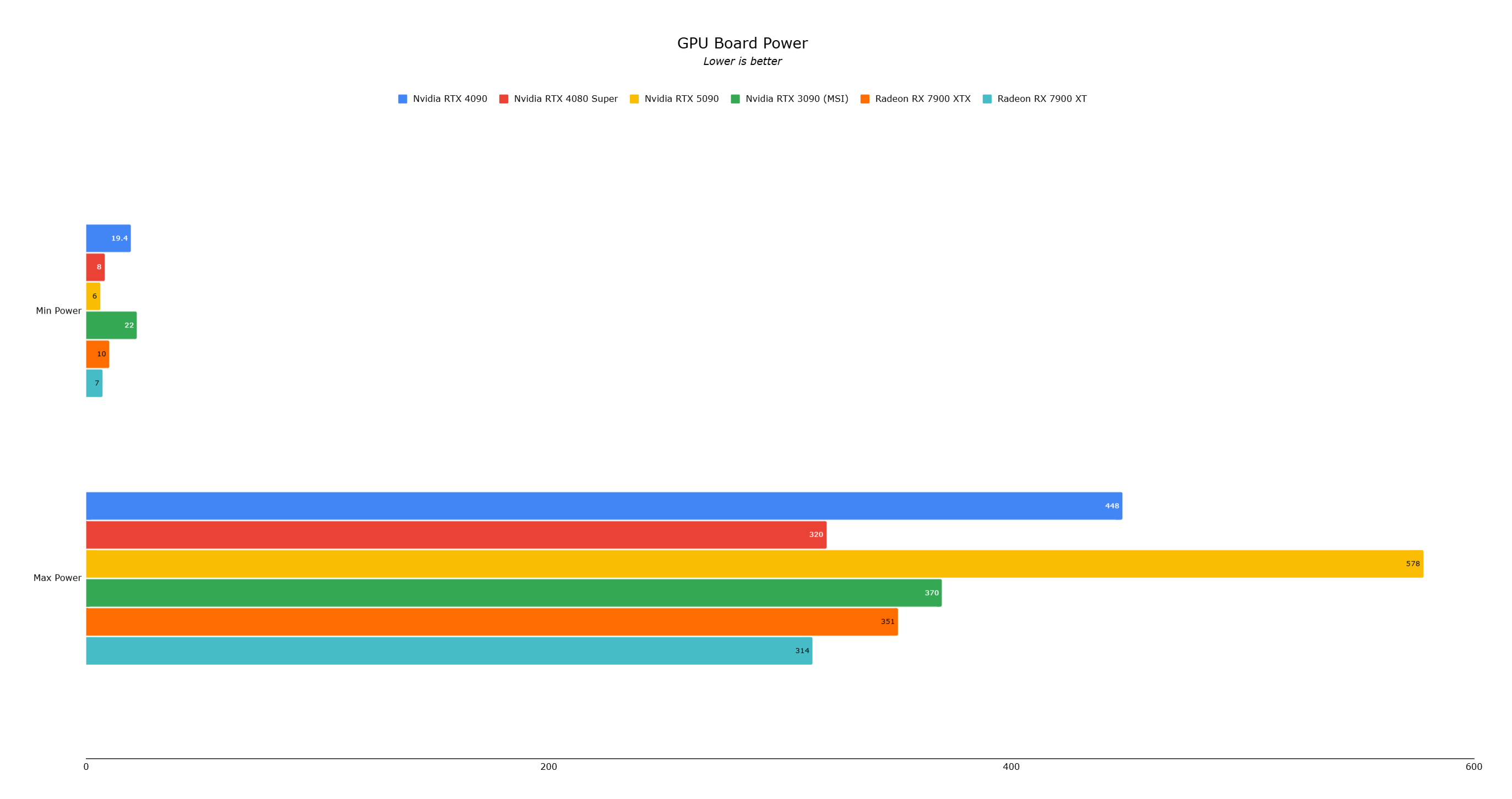
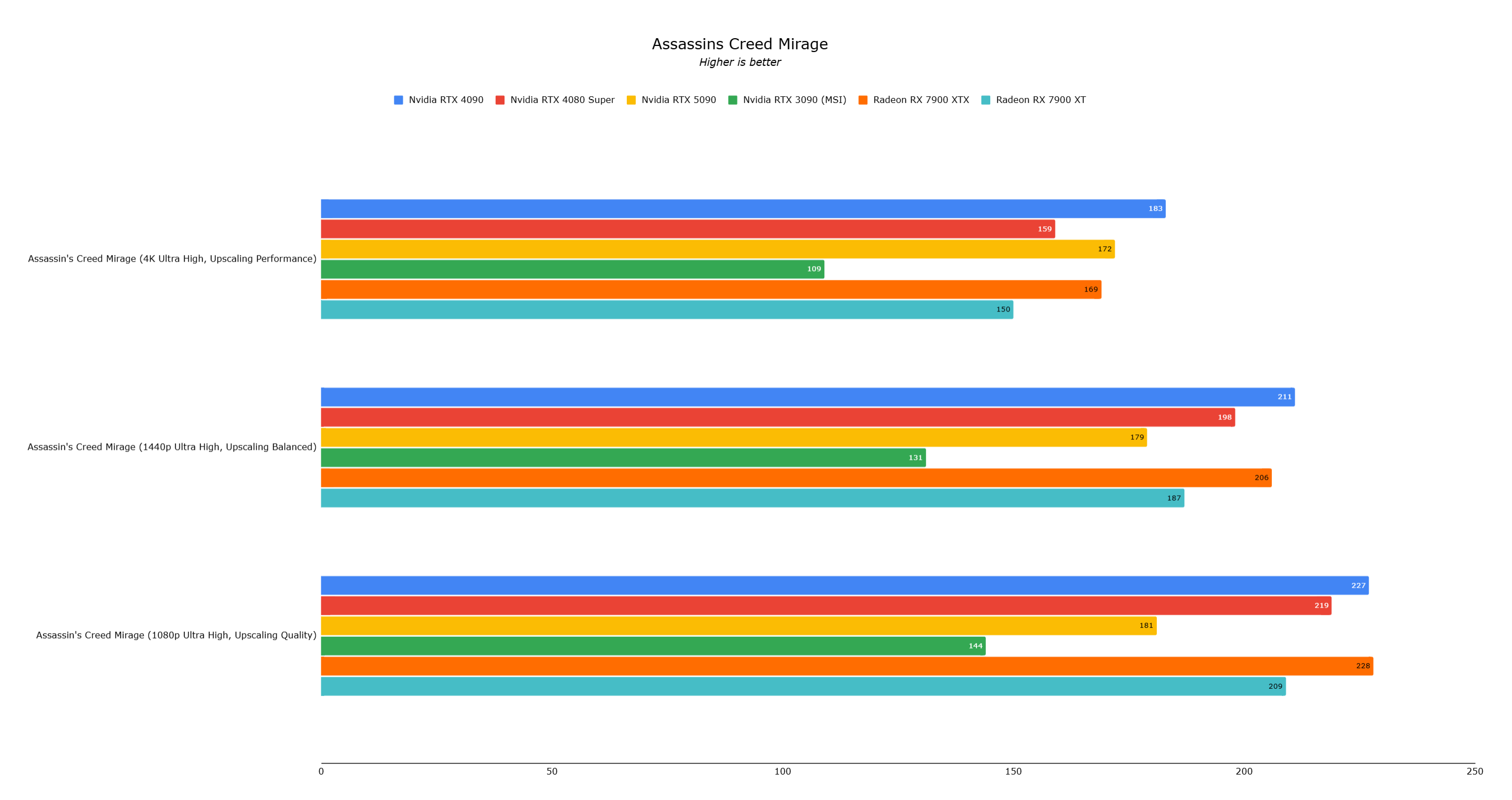
Black Myth: Wukong at 4K Cinematic Preset and DLSS 40% showed a 20% improvement (104fps vs 84fps).
Forza Horizon 5 showed minimal difference (216fps vs 210fps).
The RTX 5090, while the fastest consumer card, doesn't always deliver a dramatic generational leap over the RTX 4090 in current games. Its strength lies in its AI-powered gaming capabilities. It's ideal for those on the cutting edge willing to invest in the AI gaming future; otherwise, the RTX 4090 remains sufficient.
AnswerSee Results-
1
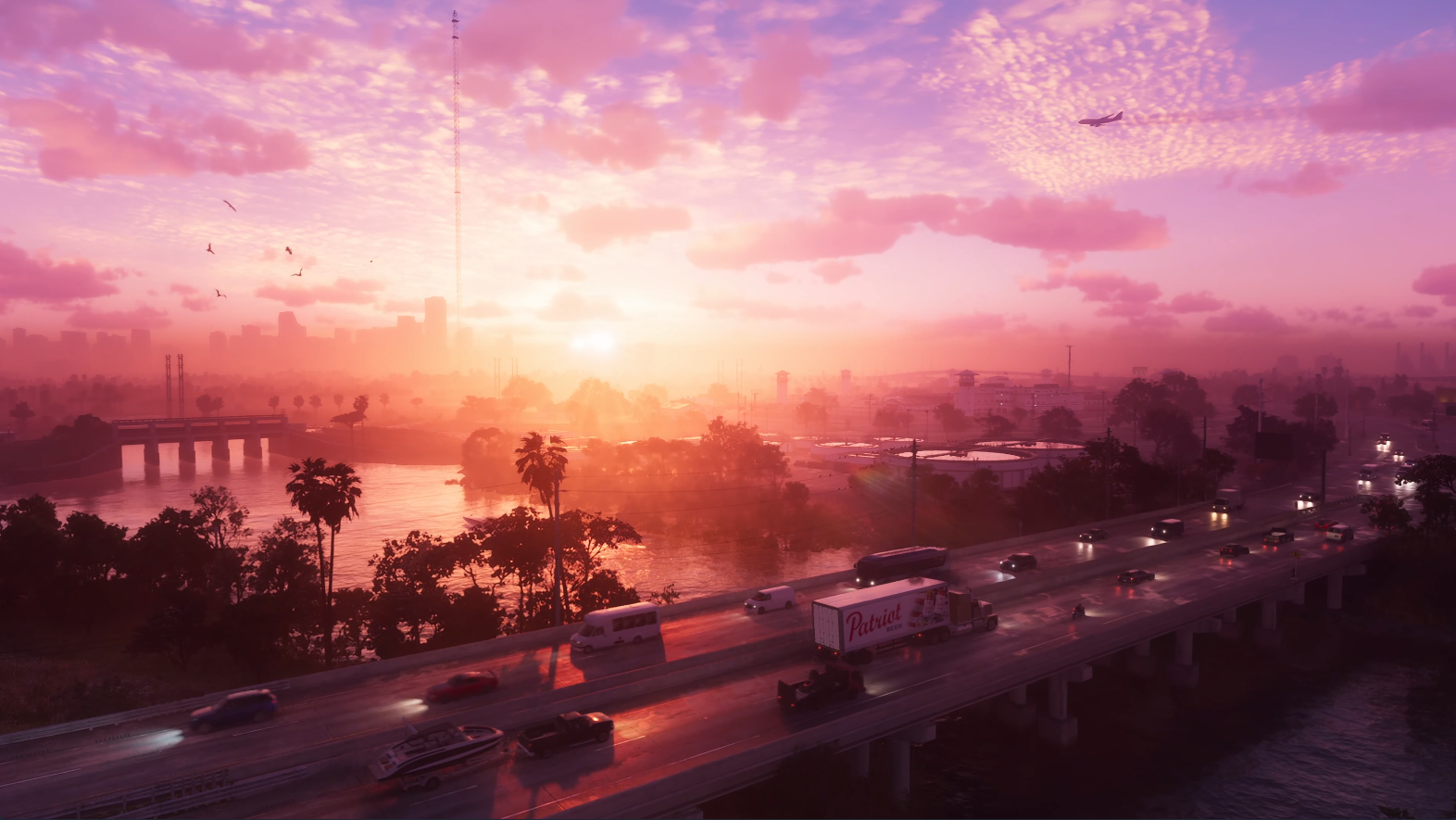
GTA 6 Set for Fall 2025 Release, CEO Confirms
Apr 03,2025
-
2

First ALGS in Asia Emerges in Japan
Jan 19,2025
-
3

Introducing the Ultimate Guide to Seamless Character Swapping in Dynasty Warriors: Origins
Feb 25,2025
-
4

Roblox: CrossBlox Codes (January 2025)
Mar 04,2025
-
5
![Roblox Forsaken Characters Tier List [UPDATED] (2025)](https://img.jdzca.com/uploads/18/17380116246797f3e8a8a39.jpg)
Roblox Forsaken Characters Tier List [UPDATED] (2025)
Mar 05,2025
-
6

Max Hunter Rank in Monster Hunter Wilds: Tips to Increase
Apr 04,2025
-
7

Cute mobs in Minecraft: pink pigs and why they are needed
Mar 06,2025
-
8

Capcom Spotlight Feb 2025 Showcases Monster Hunter Wilds, Onimusha and More
Apr 01,2025
-
9
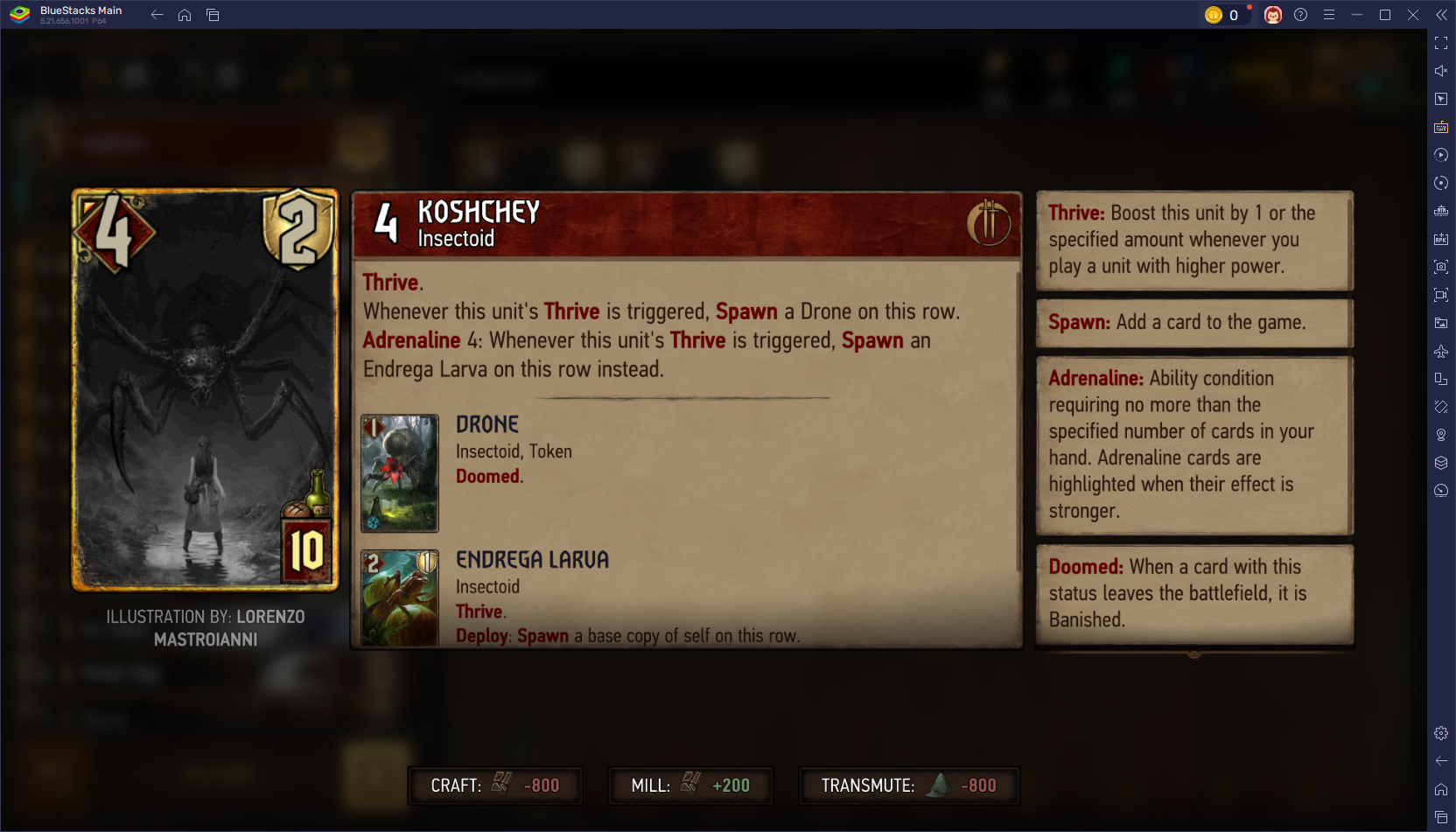
Gwent: Top 5 Witcher Decks (2025 Update)
Mar 13,2025
-
10
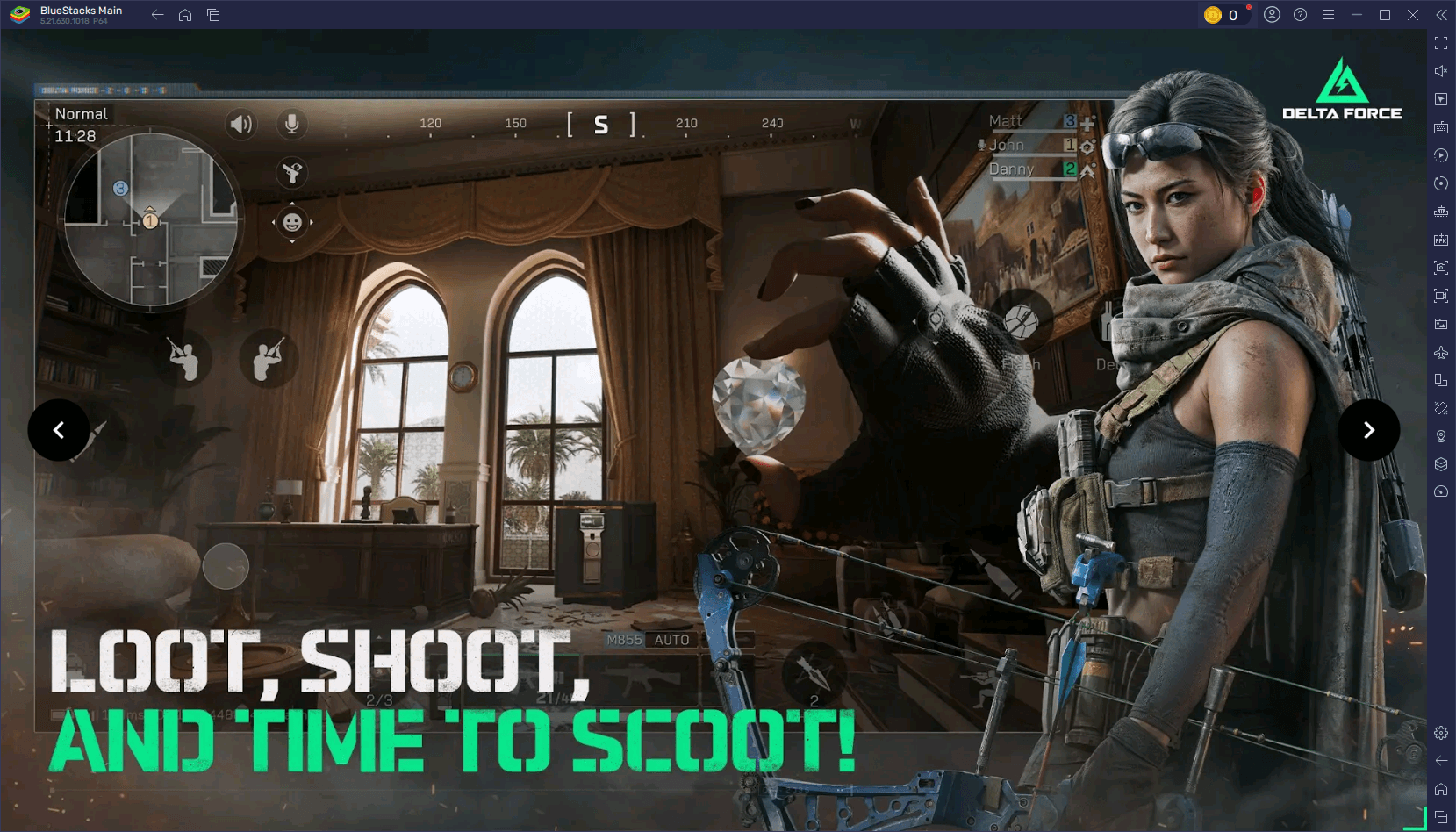
Delta Force Mobile: Beginner's Guide to Getting Started
Apr 23,2025
-
Download

Portrait Sketch
Photography / 37.12M
Update: Dec 17,2024
-
Download

Friendship with Benefits
Casual / 150.32M
Update: Dec 13,2024
-
Download
![[NSFW 18+] Sissy Trainer](https://img.jdzca.com/uploads/16/1719638919667f9b874d57e.png)
[NSFW 18+] Sissy Trainer
Casual / 36.00M
Update: Dec 11,2024
-
4
F.I.L.F. 2
-
5
슬롯 마카오 카지노 - 정말 재미나는 리얼 슬롯머신
-
6
Pocket Touch Simulation! for
-
7
Shuffles by Pinterest
-
8
Life with a College Girl
-
9
Chubby Story [v1.4.2] (Localizations)
-
10
Hunter Akuna














